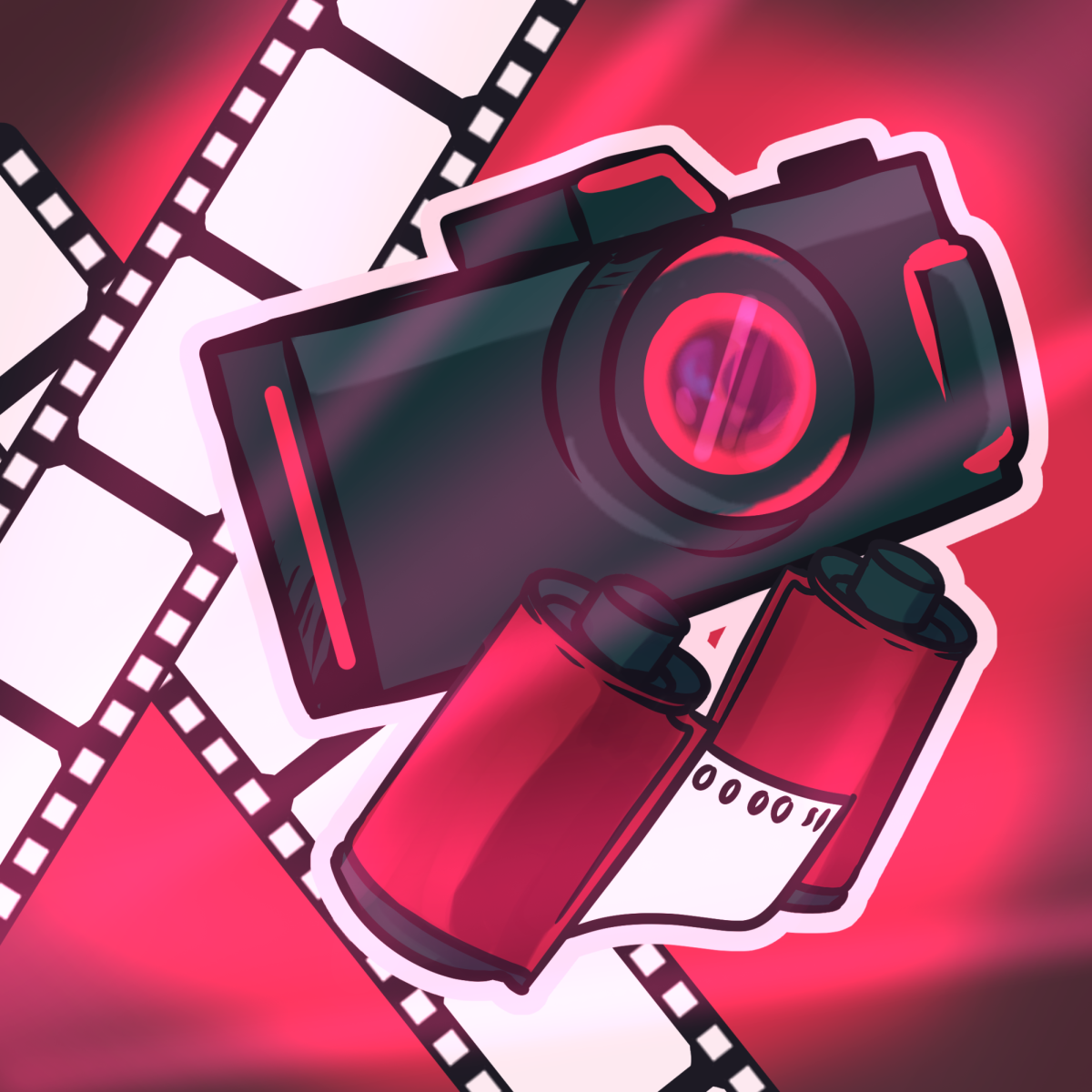Editor's Note: The Life & Arts senior staff combed through this year’s pop culture and selected the artists, albums, books and movements that they think, in one way or another, helped define 2011. This is the second in a two-day series.
The Internet has, as told by countless critics, poets, technology prognosticators and weary elders, splintered the way Americans interact with the culture. So far removed is the man replaying YouTube videos of teenagers crashing their skateboards into sidewalk railing from the other seated next to him watching a movie on his iPad.
That classically fraught, punishingly binding 19th century phrenology of what is “highbrow” and “lowbrow” has in many ways, completely gotten away from itself — your bandwidth a circuitous, self-perpetuating tube that keeps you stocked in essays on modern semiotics or, if you are so inclined, the Kardashian family.
So when Chad Harbach, meek and composed, a founding editor of literary journal n+1 (a thrice yearly published gospel for the affluent), released his first novel, written over the course of 10 years and bought for an unheard-of price for a first-time author of $650,000 by publishing group Little, Brown & Company, it appeared that the culturati had christened its new prince.
How blessedly, then, does “The Art of Fielding,” Harbach’s consuming, warming story of a talented young baseball player plucked to play ball at a small liberal arts college on Lake Michigan, fly completely in the face of how we’ve been tempered to read cultural texts over the last decade.
At once utterly affluent and highbrow, with its character obsessed with the works of Herman Melville, it brilliantly shifts to engaging fictional sports writing. Baseball, long maligned a dull sport made of nothing but swinging sticks and sabermetrics, has never felt so enthralling as Harbach writes it.
His prose — so smooth, so comforting in its expert control — tells of Henry Skrimshander, a lanky young baseball maven with the kind of unshakable principles of integrity, romanticism and honor that portends future high school English essays. He catches the eye of a player from the Westish College Harpooners, a third-tier team that desperately needs the kind of star power Henry can bring.
With Henry brought into the fold, the narrative unfurls; through the eyes of his gay roommate; the college president, head over heels for a student crush; his manic depressive and newly single daughter; and Mike Schwartz, the team captain who discovers Henry and unknowingly puts in motion his own unraveling.
And in the grand tradition of great American novels, none of these stories of friendship, baseball or mental health, is more paramount than the one it tells of love. Yes, this includes a love for sportsmanship and the love for another, but also a hopeful testimony to college.
When Henry takes his first steps on to Westish College campus, seeing the rustic architecture and towering bronze statues, he likens it to college in the movies: dreamy, inviting and home to endless possibilities. It’s Henry’s (and Harbach’s) optimism that the dream — of working hard and being rewarded, of college in the United States being cherished as a place for self-enrichment and personal growth — is still possible, still recognizable underneath the worn, beleaguered face of double-dip recession America.
Harbach makes “The Art of Fielding” feel like a great work of literature without letting his story get weighed down by its own importance — there isn’t that feeling of disappointment like after you finally see the movie that won Best Picture and it doesn’t live up. This is a first novel that finds a way to take all the separate, disparate makings of “highbrow” and “lowbrow” and renders them null, a truly populist work and bright mind revealed.



















